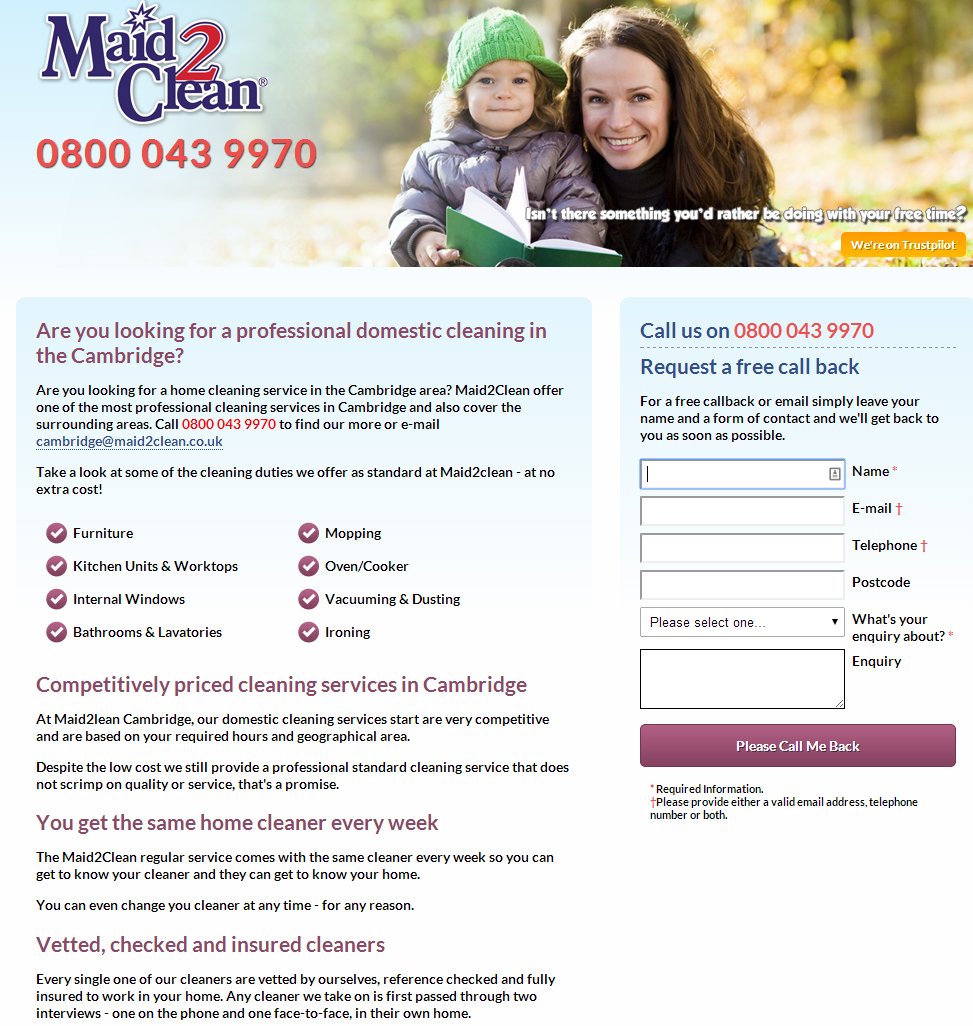Why desire + permission = the perfect copy combination
I've recently finished Dave Trott's excellent Creative Mischief, in which he tells some short, sharp anecdotes about his time in the advertising industry and passes on what he's learned.
With his copywriter's knack for punchy prose and his habit of adding a line break at the end of each sentence, the whole book has a real rhythm which really draws you in. It also offers a series of light bulb moments.
One of these is where he explains that two things must come together every time a consumer makes a decision to purchase: desire and permission.
“If you want to buy something, but you can’t justify it in any way, you don’t buy it.
If you can justify buying something, but you don’t want it, you don’t buy it.
It’s that simple.”
He gives the example of a traditional ad for a car.
The right-hand side of your brain, the emotional side, is attracted to the beautiful gleaming image. Your left-hand, the rational side, is interested in the stats about the engine.
Put these two together and the decision to purchase is made. Depending on funds and clearance with one's partner of course!
Using desire + permission in your copy
It's great when something like this pops up and you realise you've been sort of doing it already without really thinking about it. So the next time you do it, it's more deliberate, more structured, more effective.
Suddenly you notice this desire + permission technique everywhere, from Jennifer Aniston swishing her glossy hair and saying, "Here comes the science bit" to adverts showing happy moggies with the tagline '8 out of 10 cats prefer Whiskas'.
How can this work with your own copy and website content?
Here are a few suggestions:
The domestic cleaning company
Desire: Talk about the service you offer, accompanied with images of gleaming houses and householders looking relaxed in their spick and span homes.
Permission: Offer testimonials from happy customers saying you're trustworthy, reliable and the service is worth every penny.
Don't just talk about hourly rates, help people visualise all the things they will be able to do if they didn't have to spend so much time doing housework.
Example: Maid2Clean's header image of a woman with her toddler. Note the words 'as seen on TV' and the tagline: Isn't there something you'd rather be doing with your free time?
The independent cafe competing with high street chains
Desire: Talk about the unique experience on offer: the smell of the coffee which is made with such care and attention, the delicious range of artisan pastries, the quirky pictures on the walls and shabby chic furniture.
Permission: The problem is, however lovely this sounds, this place can't compete on price with its rivals.
Time to hit people with the stuff that makes them feel good - that award for being an ethical business, the locally sourced produce which helps the community thrive, the sustainable approach, the heart-warming story about what led the founder to set up the cafe in the first place.
Example: See how Peacocks Tearoom says smack bang in the middle of its homepage that it was recently named the Tea Guild's top tearoom.
Further in they namecheck the Times and Country Living, along with talk of them being a family business and the homely feel on offer.
The holiday company
Desire: Pictures of blue skies, sandy beaches and palm trees, plus copy using words like 'relaxing', 'enchanting', 'beautiful' and 'sunshine'.
Permission: We all like to dream about getting away, but what's going to get people to part with their cash?
Holiday companies are adept at the art of persuasion. So they talk about all inclusive deals which mean you don't have to worry about budgeting. They show 'prices from £x', which is factually correct will never be at the time of year most people can actually go.
They also put a big shouty deadline on their deals. A discount code only lasts for seven days, so be quick! This again justifies the decision to buy now.
Example: Holiday companies like Thomas Cook surround each holiday with a series of signals to buy.
A bright, attractive picture is accompanied with basic details of the holiday so you can weigh up if it's what you're after, plus reviews from credible sources and clearly defined discounts. And the icing on the cake: Hurry, only 8 more seats left!






